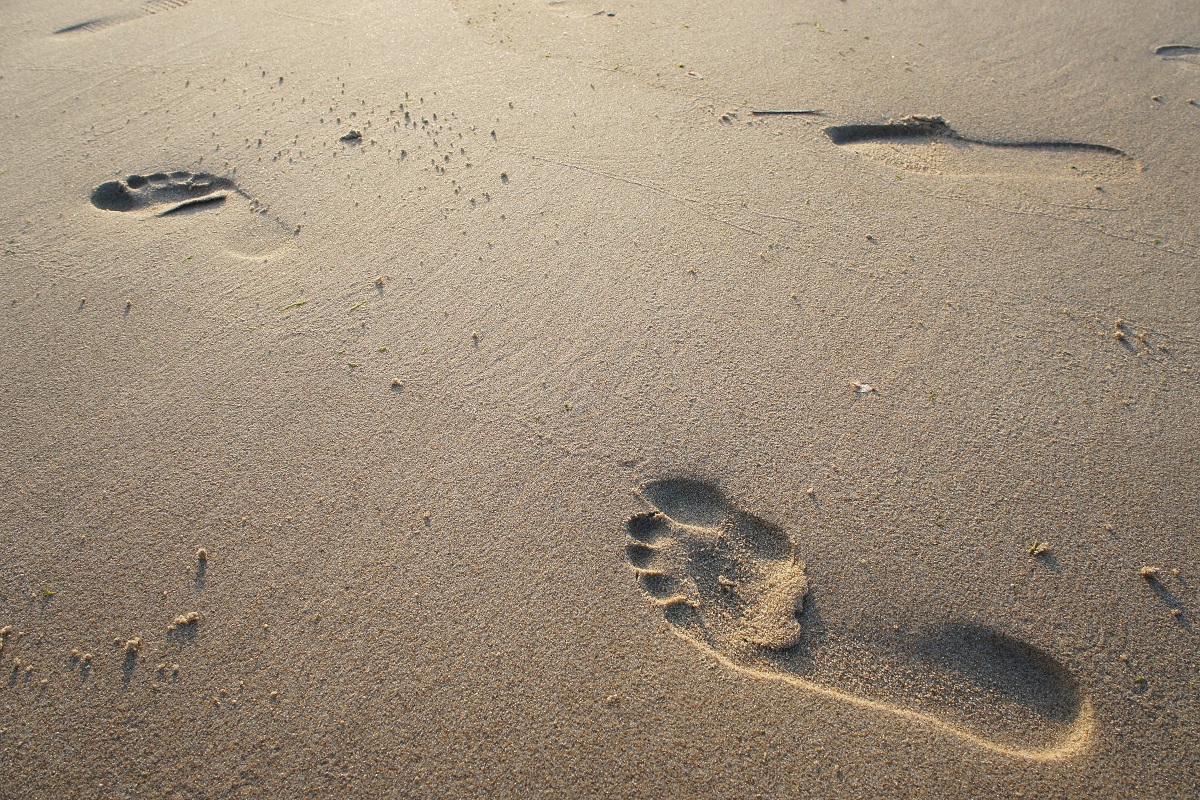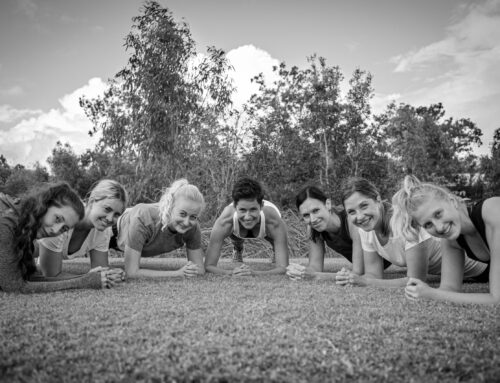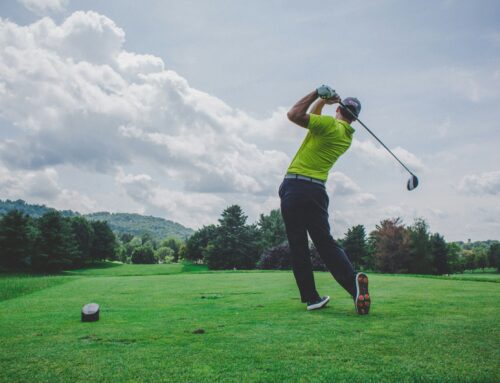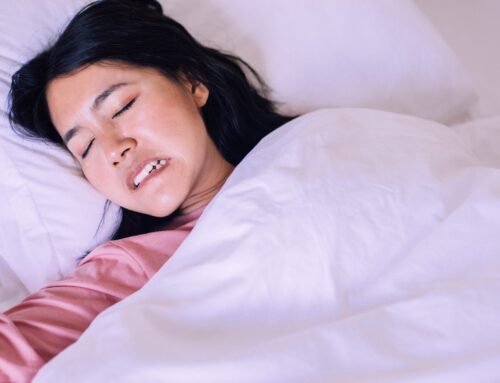The bare foot running question
More frequently than ever I get asked by patients about bare foot running and minimalist shoes. They have often read in a running magazine, have been told by a friend or with increasing frequency been told by a health professional or gym instructor that running barefoot (or at least running in minimalist footwear that is said to mimic barefoot running) might be a good idea.
So what are Barefoot or Minimalist shoes?
Barefoot shoes are designed to give an experience as close to running barefoot as possible, without actually running barefoot. They are designed to fit like a sock and often have individual ‘pockets’ for your toes. The soles are very thin and just enough to protect from debris on the road. Minimalist shoes are somewhere in between running in a barefoot shoe and a normal cushioned trainer. The soles are slightly thicker and give marginally more protection from the road surface. They don’t often have the individual toe pockets or pods and because the soles are a bit thicker, they heels aren’t completely flat.
The Theory
The basic theory goes that humans evolved over years to walk and run barefoot, therefore the addition of trainers with heavily cushioned soles has led to a change in running gait which may have increased the chance of leg and foot injury in runners.
It follows that running barefoot or wearing barefoot or minimalist footwear returns us to a more ‘natural’ style of running thereby reducing injury and improving economy of running style. The counter argument is that in fact there is plenty of evidence that humans have been wearing footwear for at least 50,000 years and that by now we should have adapted to wearing something on our feet.
It is certainly true that there has been a big increase in endurance running since the 1970’s and that this coincided with the use of more heavily cushioned trainers. Larger and softer cushioned heels were produced in an effort to reduce forces going through the lower limb and foot. It was thought that these forces increased the likelihood of injuries like stress fractures.
Interestingly the evidence fails to support this and incidence of running injury has not altered much at all. This is something fans of barefoot running have seized upon, although they often fail to acknowledge that the types of runners who run these days are very different from those who used to run at the start of the running craze in the 1970’s.
Put simply, in those days running was more likely to be done by fit, healthy individuals, whilst these days more people run and those who do are often….well how can I put it nicely…..larger, less athletic and possibly without any prior history of training.
Positive barefoot theories abound and in an effort to create better footwear technology or possibly just to cash in on the developing trends in running footwear, many well recognised brands of trainer manufacturer have now been producing barefoot and minimalist running footwear to add to their normal cushioned footwear range. A win-win situation for them!
So what is supposed to happen when you run barefoot or wear minimalist footwear? Brands of barefoot and minimalist footwear now include Vivobarefoot, Vibram Five Fingers, Merrel Barefoot, ZEMgear, New Balance Minimum, Nike Free and the list is growing.
Some Research
Barefoot running is supposed to encourage you to run on your forefoot compared to cushioned trainers which encourage a heel strike. Does it happen? Well, probably not in everyone. In a study of habitually barefoot runners by Hatal et al, running at their preferred running speed, 72% landed on their heels. The number landing on their mid foot did increase as their running speed increased, but 40% still landed on their heels.
In a study of runners normally wearing trainers, Lieberman et al, found that 83% of runners continued to land on their heel when they changed to barefoot running. If the aim is simply to reduce forces through the feet and legs, those runners who land on their heels whether barefoot or not, would be better off wearing cushioned trainers.
Is Barefoot Running a skill that can be learnt?
Well, we don’t know because the research isn’t out there. What we do know is that just running in minimalist footwear doesn’t necessarily mean running style changes.
Lieberman et al, showed that after 6 weeks running in minimalist shoes designed to imitate barefoot running, 50% of heel strike runners had shifted to a more fore foot running pattern. 50% therefore hadn’t and presumably those runners were more at risk of injury from increased forces through the leg as a result of not wearing cushioning.
It may be that given more time or some basic training, those runners could have changed their foot strike as well. It doesn’t necessarily follow though. Goss et al, found that runners often cannot report their foot-strike patterns accurately. What the runners thought they were doing didn’t necessarily match what they were doing. Only 41% got their self assessment of foot strike correct!
So should I or shouldn’t I?
What is true is that despite a lack of good research in this area, popularity of barefoot running remains a very current trend.
There is some research that suggests runners who switch from cushioned trainers to minimalist shoes and continue to heel strike may be at increased risk of heel or calcaneal fracture, whilst those who transition to fore foot striking may be at increased risk of metatarsal fractures.
The effect on the Achilles tendon with forefoot running is conflicting. Landing on your forefoot increases the work required of the Achilles tendon and may be argued to increase risk of Achilles tendon injury; it may also alter biomechanical factors like foot pronation and reduce the risk of injury at the Achilles.
Even more confusing is that Physiotherapists often use eccentric loading programs to treat Achilles injury, so maybe the increase in this work with forefoot running may strengthen the Achilles tendon.
Forefoot running has been said to reduce the eccentric forces through the knee and might be beneficial to patients with patellofemoral pain (a pain affecting the front of the knee). On the other hand it should be noted that whilst a possible risk factor amongst many, there is no actual evidence that wearing minimalist or barefoot trainers and forefoot running will reduce your knee pain.
All of this conflicting advice and evidence brings us to the same frustrating place we often end up at. Put simply, we don’t have enough evidence that changing your trainers will help or hinder you. In fact for every patient who sings the praises of barefoot running, there is another cursing the day they ever made the change.
My advice to all is that ‘if it ain’t broke, don’t try and fix it’. If you’re getting along just fine with the type of trainers you have and the running style God (or evolution) gave you, then stick with what works!
There are so many factors that could affect the outcome of a change it is always best to get assessed by a good Physiotherapist or Biomechanical Podiatrist.
If you or anyone you know is suffering from low back pain and would like to have a physiotherapy assessment for suitability of physiotherapy treatment, contact us here.
Goss DL, Lewek M, Yu B, Ware WB, Teyhen DS, Gross MT, Lower Extremity Biomechanics and Self-Reported Foot-Strike Patterns Among Runners in Traditional and Minimalist Shoes, Journal of Athletic Training, 2015, Feb 19. Hatala, K G, Dingwall, H L, Wunderlich, R E, PLoS ONE, 2013, 8:e52548 Lieberman, D E, What we can learn about barefoot running, Exerc Sport Sci Rev, 2012, 40: 63-72.





